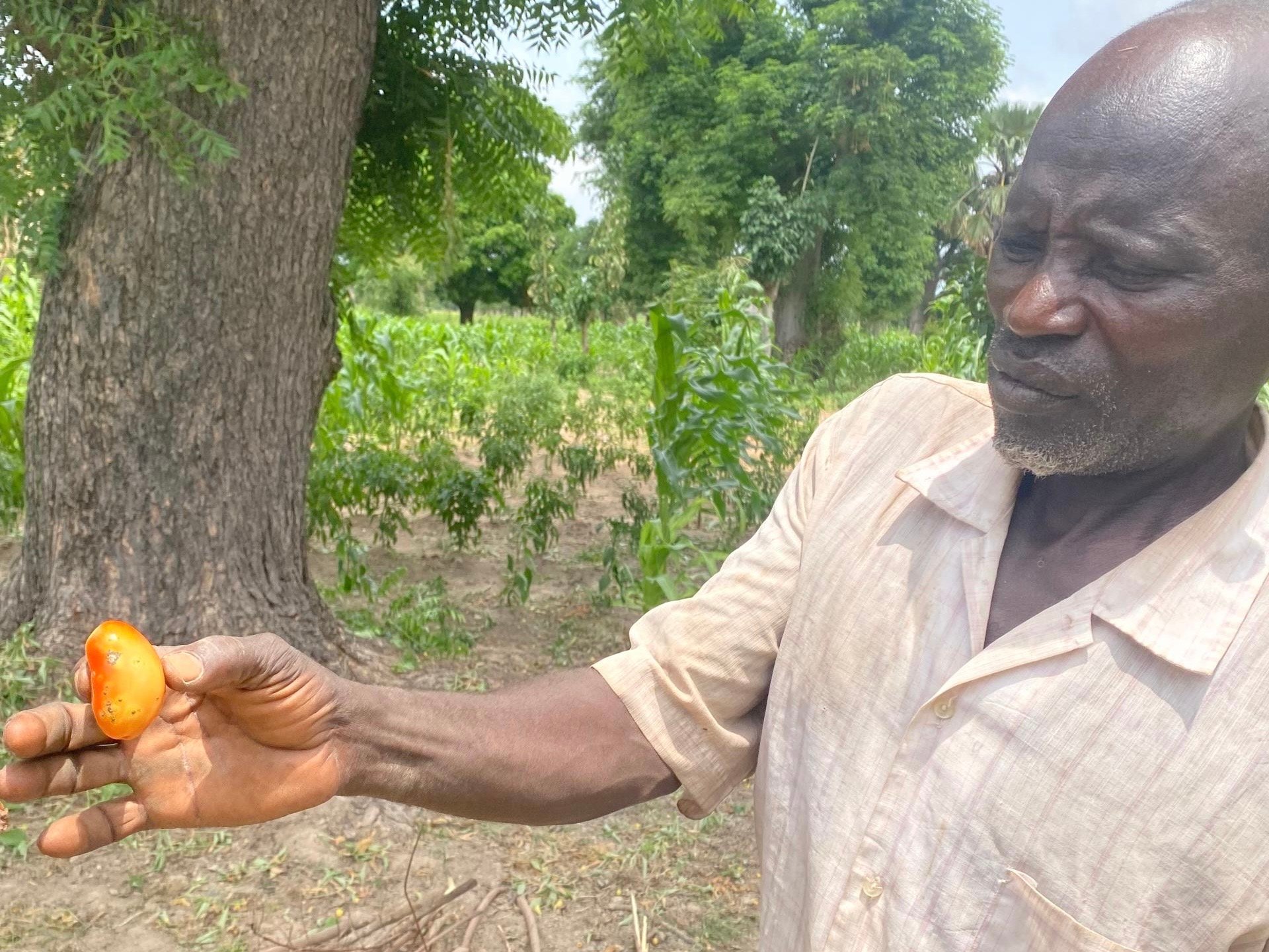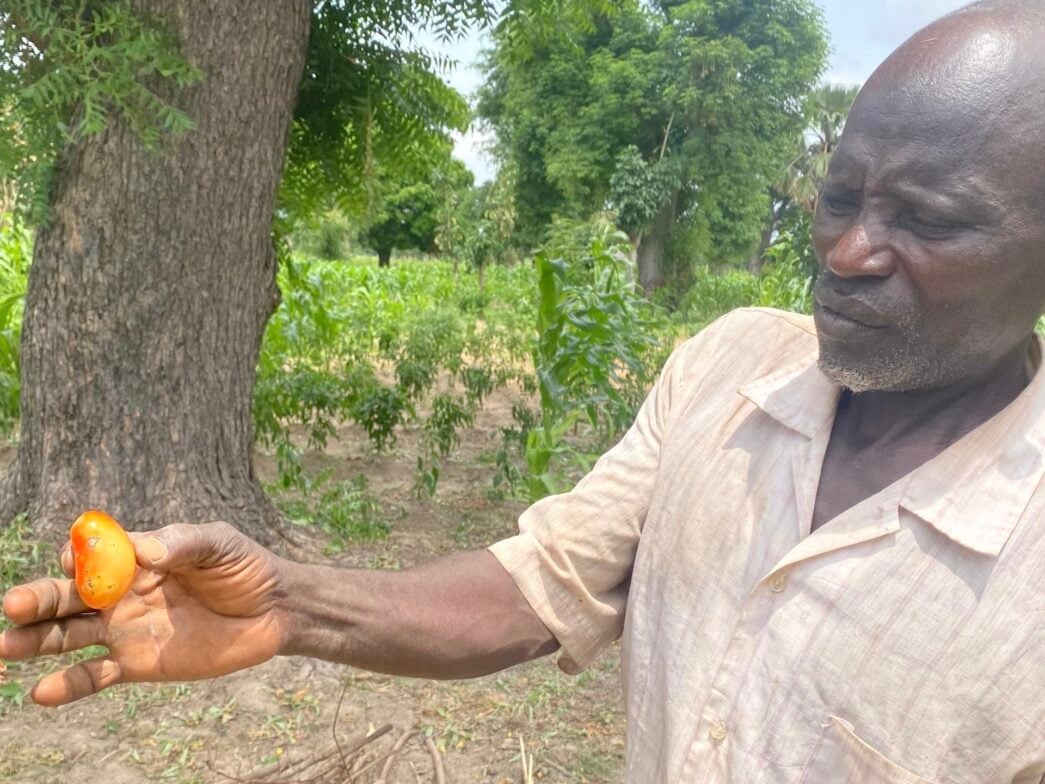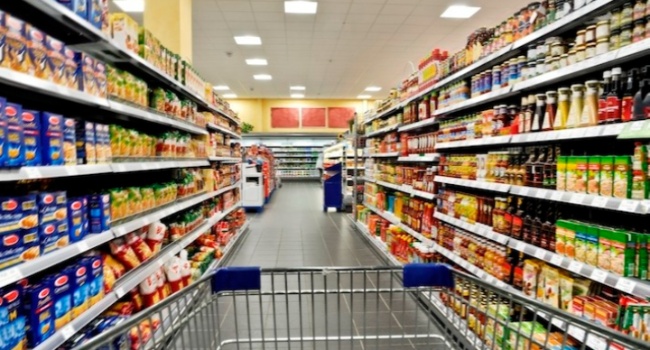Umaru holding a pest infested tomato
It was a serene Wednesday morning. Muhammadu Umaru, 55, had just returned from the mosque. He was among the locals who had gathered to seek divine intervention for rain — a sacred prayer observed by the farmers, beseeching the heavens for forgiveness and the blessing of rain to rejuvenate their parched lands.
As he stepped out of his thatched house, while this reporter sat on a local mat in his zaure — a traditional guest room — two of his 11 grandchildren, aged between three and five years, frisked merrily around the meticulously swept courtyard while his two wives were engrossed in domestic chores. Umaru then guided this reporter to his nearby farm, about a minute’s stroll from his home. There, amid the desiccated crops and cracked soil, with his hands shoved behind his back, he shared the poignant tale of how a relentless heatwave had ravaged his once-thriving tomato fields.
This year has been particularly challenging for Umaru, a resident of Jimlari community, an agrarian settlement on the periphery of Lau LGA, Taraba state, north-east Nigeria. He has been cultivating tomatoes for over two decades. Faced with the challenge of sourcing tomato seedlings from distant states like Gombe and Kano, he watched helplessly as his crops withered due to excessive heat and pest infestations.
“Usually, we plant in April and harvest in June. I harvest 30 baskets each planting period, but pests and heat destroyed my tomato farm this year. I had to watch the crops die. It was painful,” he said, wearing a gloomy look.
Advertisement
“What is even more painful is remembering the stress I went through in getting the seedlings. I had to source them from Kano, and each mudu (a unit of measurement) cost me N10,000 to N15,000. Right now, we are waiting for the rainfall only.”
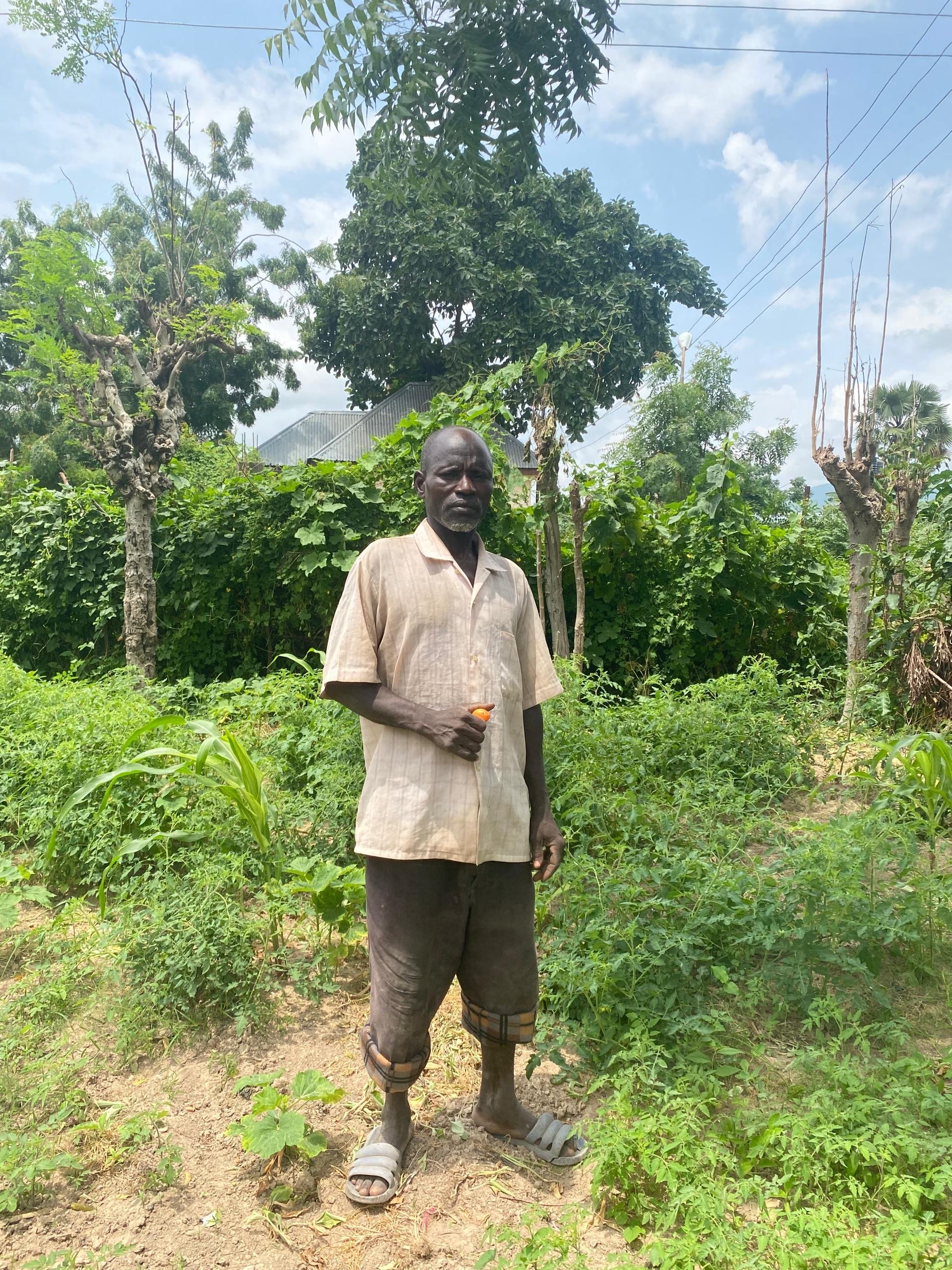
Climate change is altering the length of farming seasons. The two seasons — dry and rainy seasons — are getting shorter due to late-onset and early withdrawal of the rains. Traditional prediction methods that rely on ecological signs have become unreliable.
Unfortunately, the past few decades have seen increased average temperatures and extreme heat events in Nigeria, causing staple crops like tomatoes, an essential ingredient for making soup and jollof rice — some of the country’s most affordable delicacies — to become presumably scarce. As a result, families are now substituting tomatoes with alternatives like watermelon, cucumber and carrots.
Advertisement
In Nigeria’s tropical climate, farmers typically begin cultivation in April, although some early farmers commence planting in January. Meanwhile, the Nigerian Meteorological Agency (NiMet) had forecasted a delayed onset of rains in 2024 for several northern states, including Taraba. Despite this warning, the heatwave, exacerbated by the return of the El Niño phenomenon — rising sea surface temperatures — has caused an unprecedented loss for farmers.
FARMERS ARE SHIFTING TO OTHER HEAT-RESISTANT CROPS
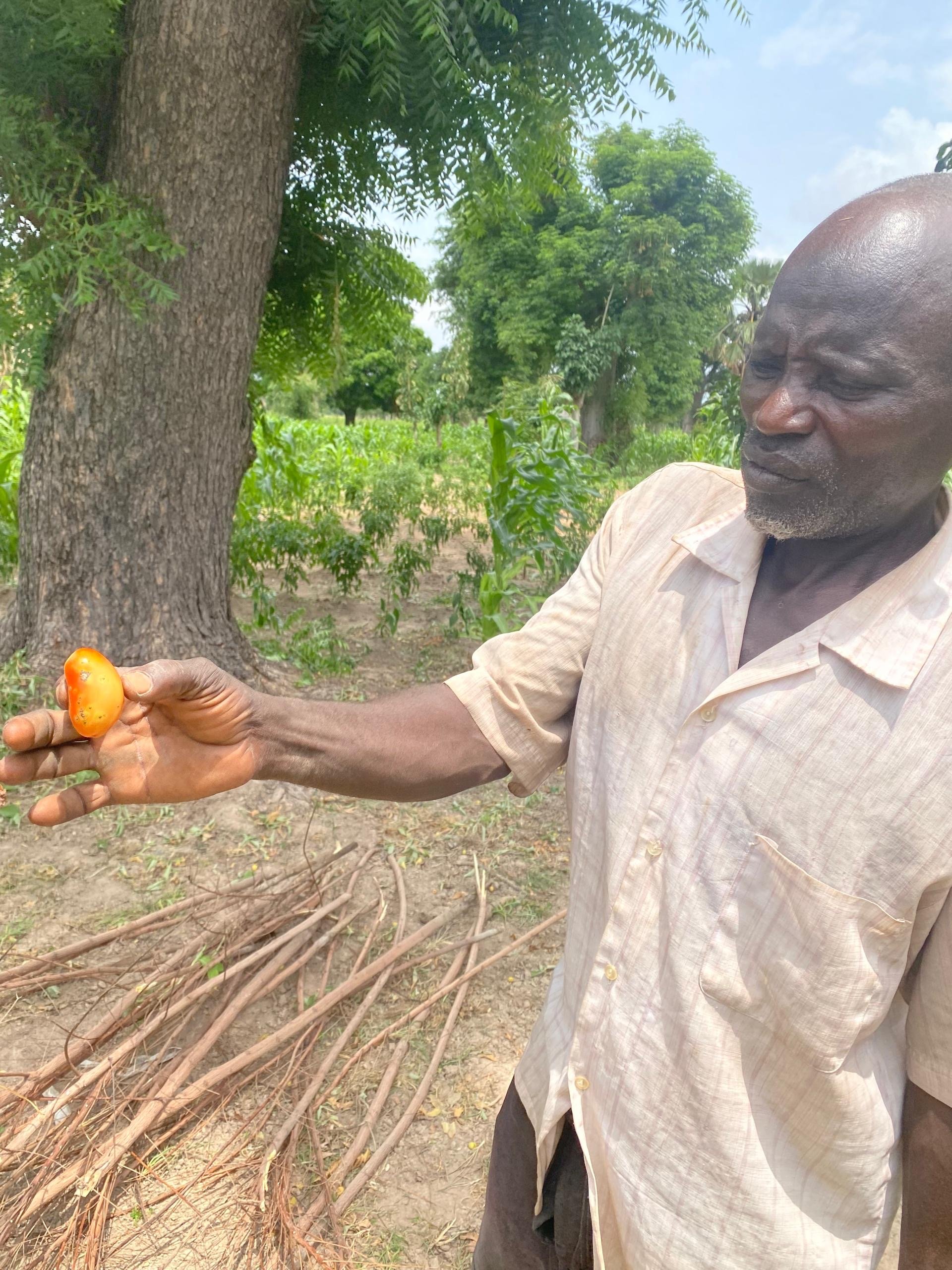
Having lost his entire yield in April, Husseini Jika decided not to rely solely on tomato farming this year. He planted melon on the same field as a strategy to recover his losses.
“I have been planting tomatoes for 20 years in Jimlari. I usually harvest 12 to 15 baskets in each planting period. This year is different. I planted tomatoes in late April, but pests ruined the crop,” he said with disappointment written all over his face.
Advertisement
“This was a huge setback for me, and I felt depressed. It’s heartbreaking to invest time and money into something and it comes up empty-handed. I have decided to give up on tomatoes for this year.
“After my tomato crops failed, I then planted melon on the same land and have reaped a bountiful harvest. I am happy.”
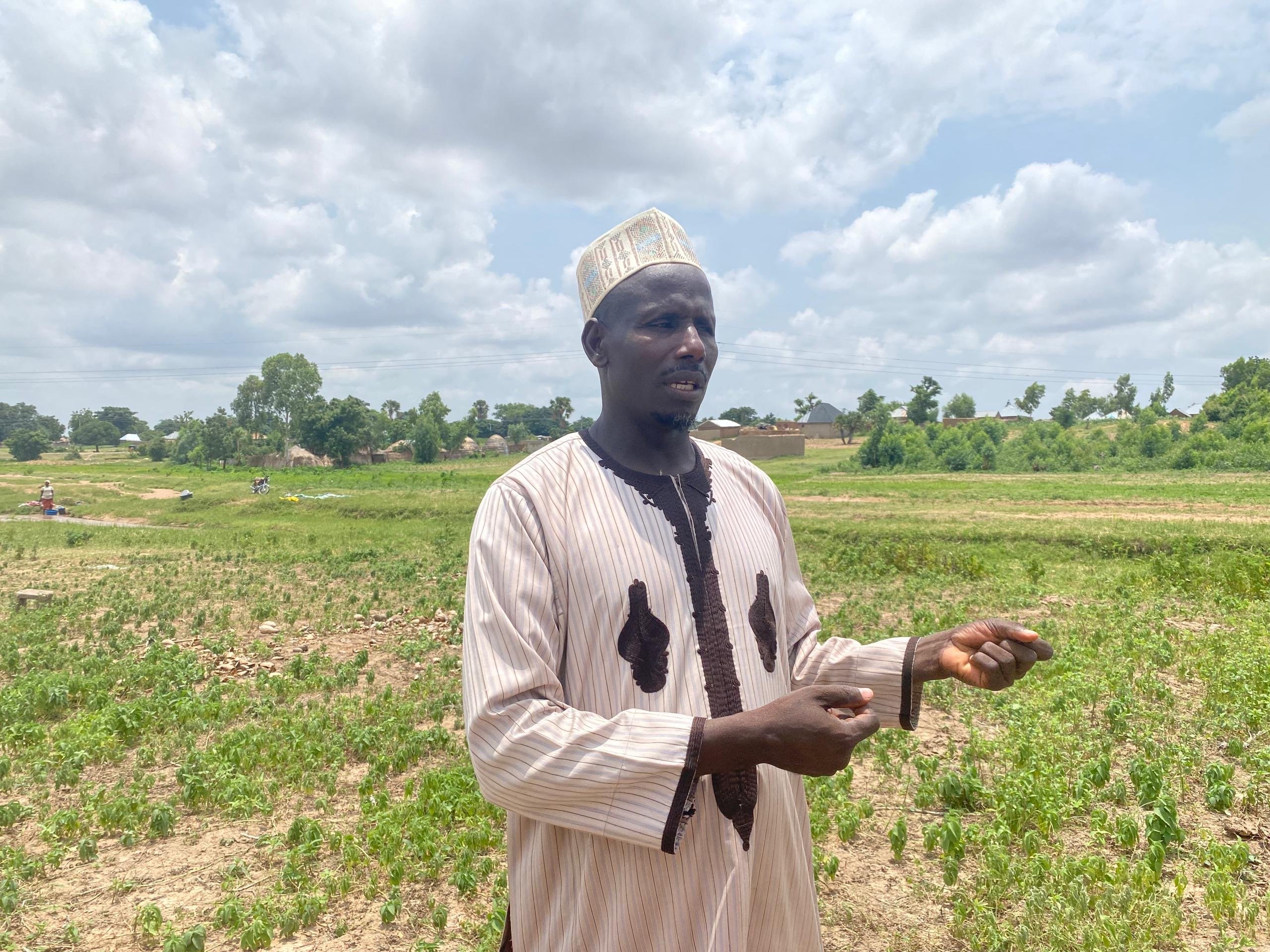
Farmers in Taraba are not only battling with heatwave but also the outbreak of pest infestation, also known as Tuta Absoluta (tomato Ebola). It has caused severe tomato loss, which drove the price of a basket of tomatoes from N60,000 ($40) to N160,000 ($107) in July, reflecting both the high demand and the scarcity of the vegetable.
According to a study by Ciliberti et al. (2017) and Savary et al. (2019), the soaring temperatures have created more favourable conditions for the proliferation of certain pests and diseases that adversely affect plant health and reduce crop yields.
Advertisement
Tomato plants thrive and develop reproductive organs optimally at temperatures between 15°C and 32°C. However, temperatures exceeding 35 °C severely stress both sexual and asexual development of the plant. Early in the year, NiMet predicted a prolonged heatwave with temperatures ranging between 39°C and 40°C between February and April 2024, thereby exacerbating the decline in tomato yields this year.
In May, Abubakar Kyari, the minister of agriculture and food security, assured farmers that the ministry is “deploying experts and resources to support them in recovering their crops”.
Advertisement
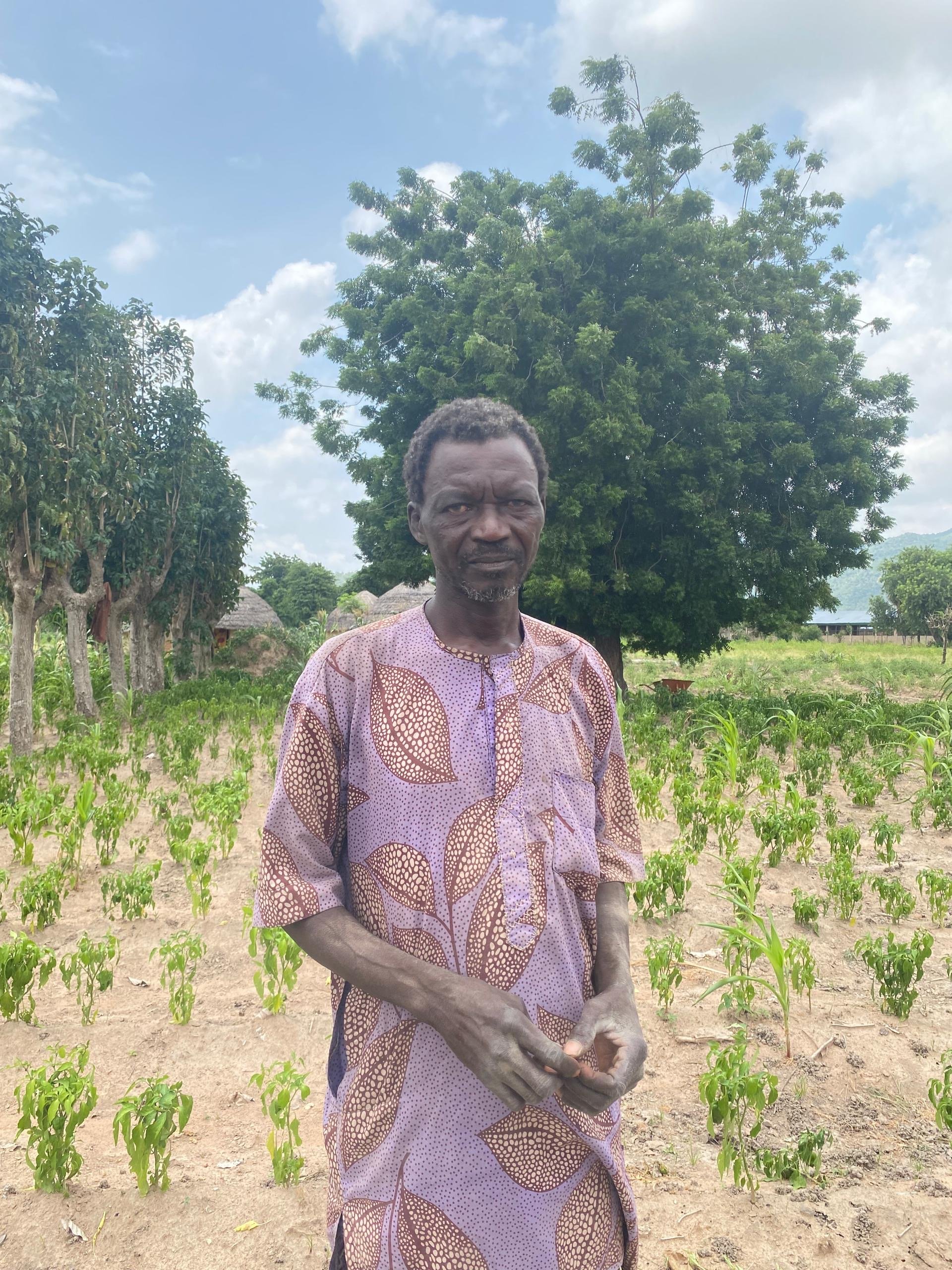
David Shonpo, despite being a Christian, had joined other Muslim farmers in the prayer for rain. He had to switch to cultivating bell pepper, which withstood more heat than the tomatoes after he lost all his yield due to a lack of rain. Shonpo spent about N40,000 on the farm, yet there is uncertainty of a bountiful harvest without rain.
“I have grown up to know only tomato farming, and I used to harvest about 30 baskets each planting period. This year, I planted tomatoes by early May, and there was no rain. So the whole farm got spoiled,” he lamented.
Advertisement
“I spent not less than N40,000. All gone. I then switched to planting pepper in early July with the hope that I would recoup my losses from the failed tomato crops.”
‘WE CAN NO LONGER AFFORD PESTICIDES’
Advertisement
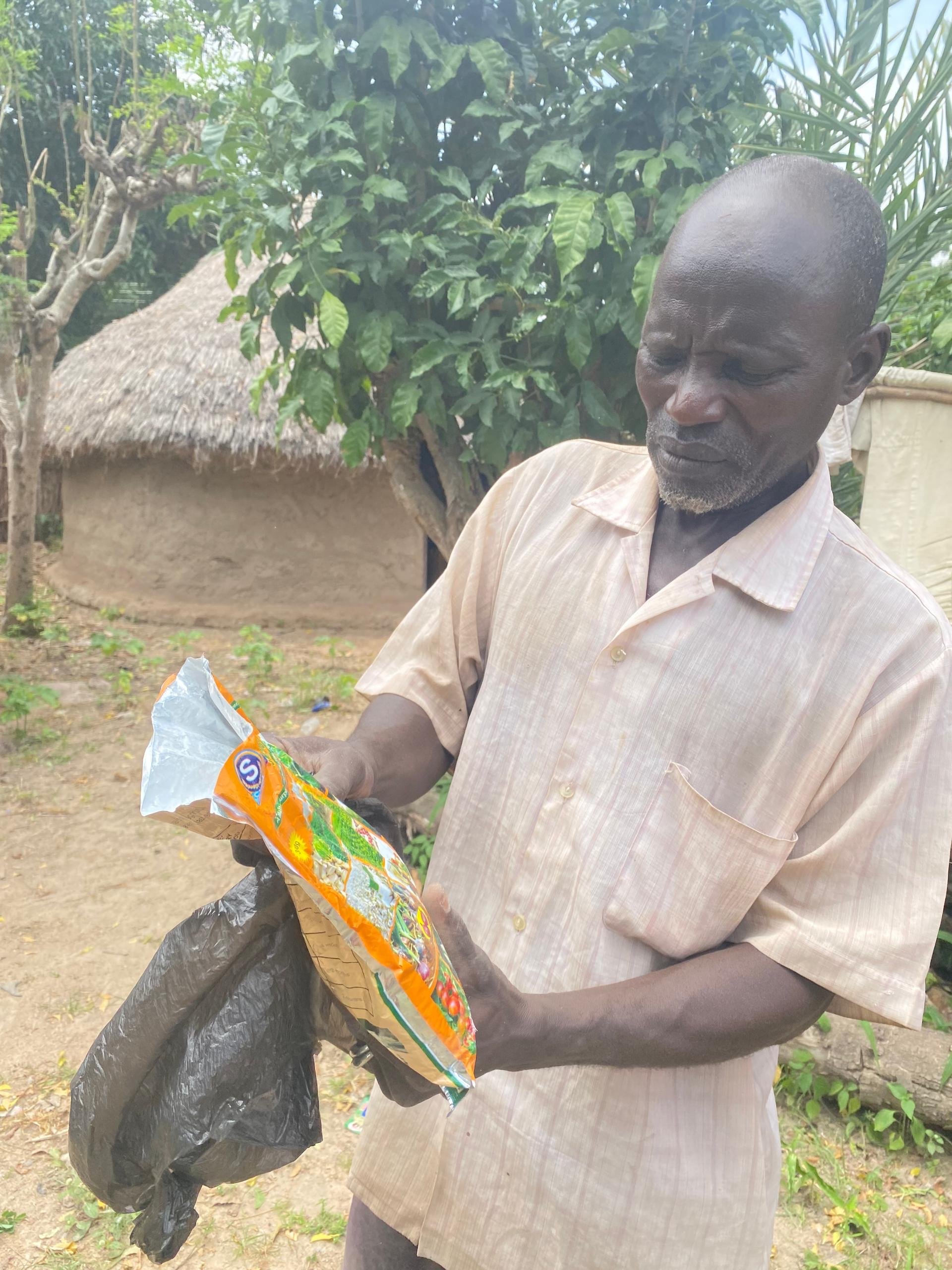
An increase in temperature and direct exposure to sunlight speed up pesticide degradation. Climate change is impacting the quantity of pesticides needed by farmers. Apart from the increasing pest infestation, the pesticides have become effective in less time, causing farmers to increase their pesticide application rates.
A pack of SULCO ZEB, commonly used by farmers to control pest infestations, surged from N1,000 to N2,500 in 2024. Umaru requires about 20 packets of the pesticide to keep the pests away, making it increasingly difficult for him to afford.
“With this, I’m going to use 15 or 20 of this (referring to the pesticides). I even spent more than N10,000 on pesticides, but no results. The pesticides are expensive,” he told TheCable.
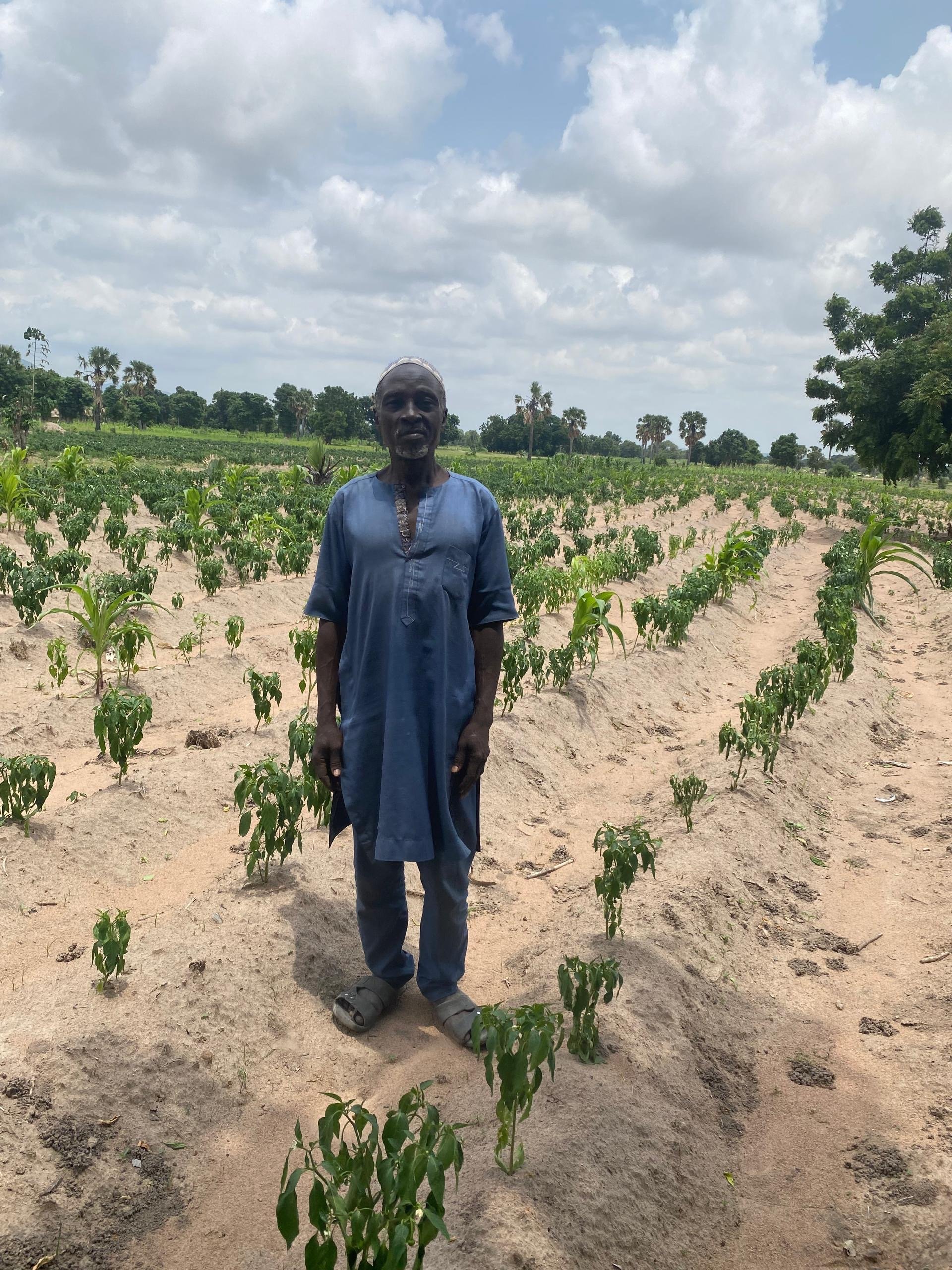
After an initial investment of N70,000, Muhammad Abubakar could no longer afford more pesticides. In April, his tomato farm was devastated by tomato Ebola. Forced to abandon tomato farming, Abubakar switched to growing bell peppers like Shonpo with the hope of recouping his losses. However, he remains uncertain about his potential yields due to the ongoing dry spell in the state.
“This year, I planted tomatoes in early May and invested over N70,000 in the farm, only to have the entire crop ruined,” he said with a shaky voice.
“All my life, I have never experienced a situation like this.
“I switched to planting pepper because I felt if I did not, I would lose out on everything this year. And since I didn’t make anything from tomatoes, at least, trying out with pepper might alleviate the pain.
“I have so far spent N120,000 on the pepper farm. I borrowed the money from different people in my community. Only God knows whether I can profit from this investment as there is no rain. But I hope for some rain soon to improve my chances of a good harvest.”
THE DRY SPELLS
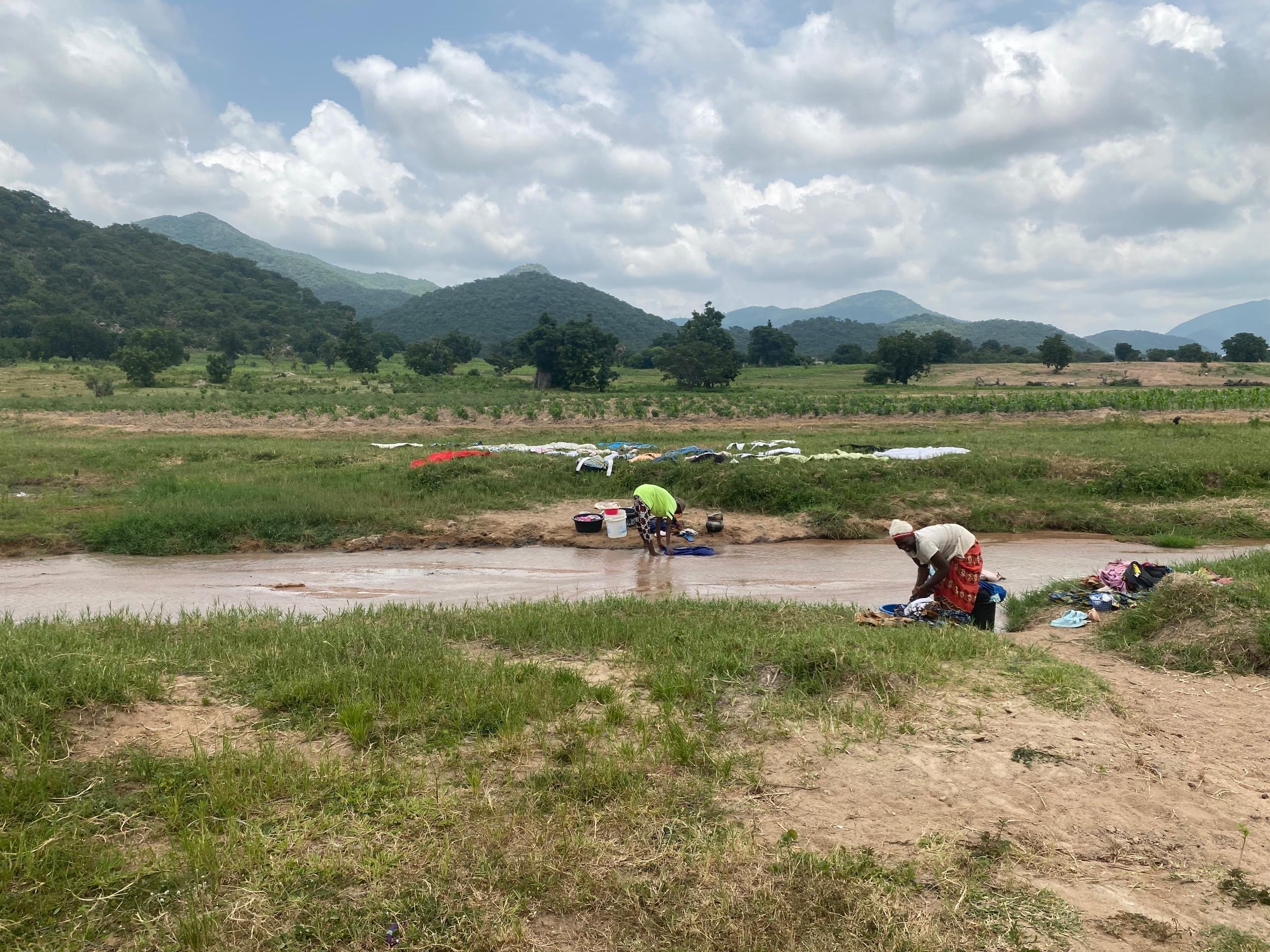
The 2024 prediction by NiMet indicated that some northern states were expected to face dry spells in July. In response to this challenge and the crop losses, local farmers have turned to prayers for solace and hope.
According to the Nigerian Bureau of Statistics (NBS), the 2024 heatwave led to about 20% decline in agricultural productivity compared to the previous year. This substantial decrease has pushed Nigeria to the brink of food insecurity.
Meanwhile, the United Nations Food and Agriculture Organisation (FAO) says that the lack of good irrigation systems aggravates yield loss. Several farmers depend on erratic rainfall patterns, which forces them to sometimes relinquish their farms or perhaps invest in costly adaptation measures, like irrigation systems or heat-resistant crop varieties — options that remain out of reach for many.
In Jimlari, access to water for farmers is a challenge. Umaru, who relies solely on farming for his livelihood, spends N5,000 daily to purchase sufficient water for his tomato field, as the cost of irrigation remains prohibitively high in the community.
“Trying irrigation is even more expensive. One has to spend N5,000 daily. In a day, I will water my crops two times, early in the morning and evening. Irrigation can only be done around April or May during the nursery planting of the tomatoes. This means I have spent so much money on irrigating the farm, but no result,” he lamented.
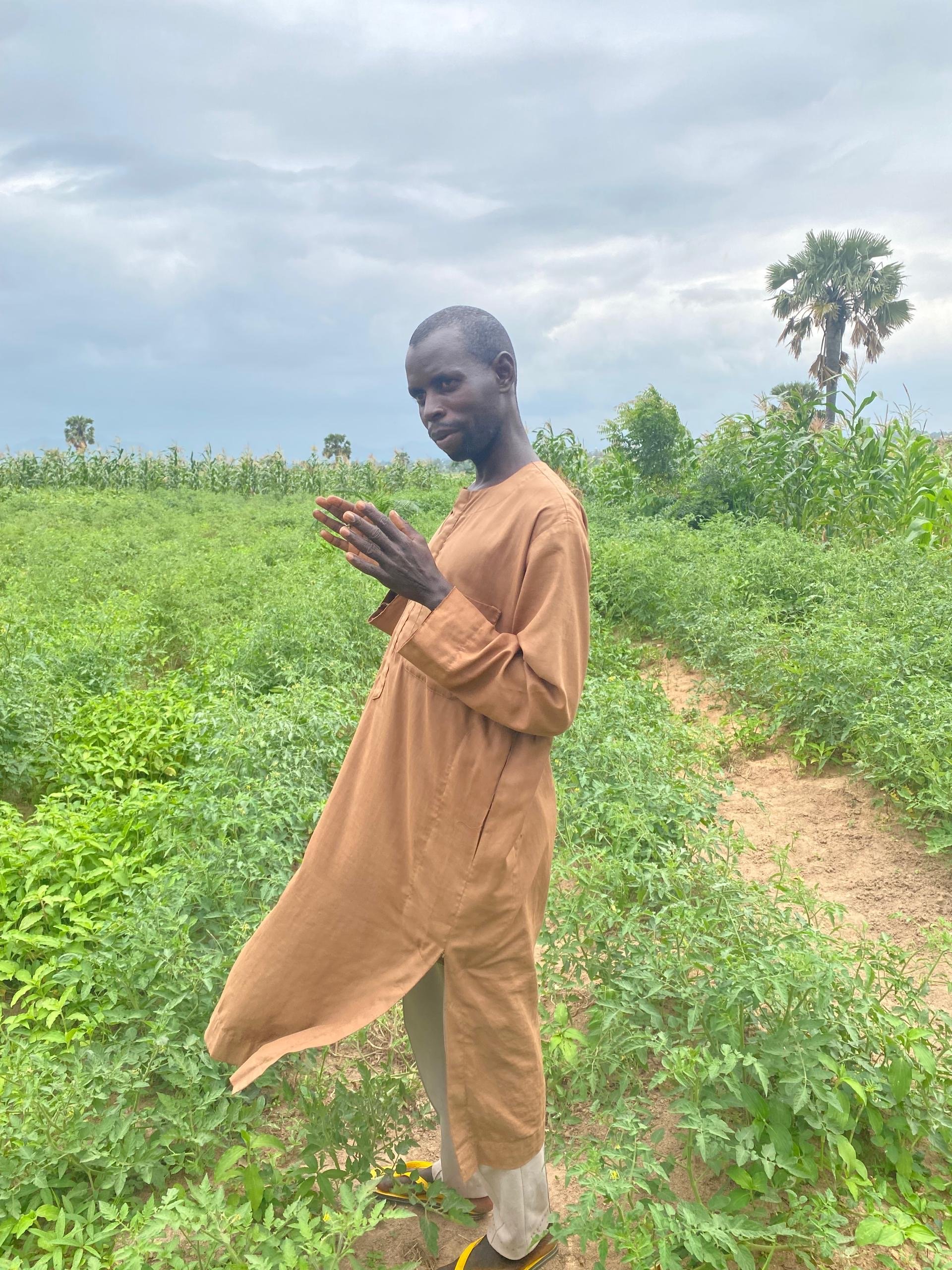
Jika, on the other hand, unable to afford the cost of irrigation, draws water from a nearby stream to enable him to water his plants.
“We plant tomatoes three times a year, relying on adequate rainfall or irrigation. This year’s drought threatened our efforts. Irrigation is costly due to the high fuel price, which is essential for operating the pump and drawing water from the nearby stream. Unfortunately, I can’t afford this expense,” he noted.
In southern Africa, more than 61 million people have been affected by drought, with Malawi, Zambia, and Zimbabwe declaring it a national emergency. This has caused severe displacement and food insecurity in these countries.
POST-HARVEST LOSSES
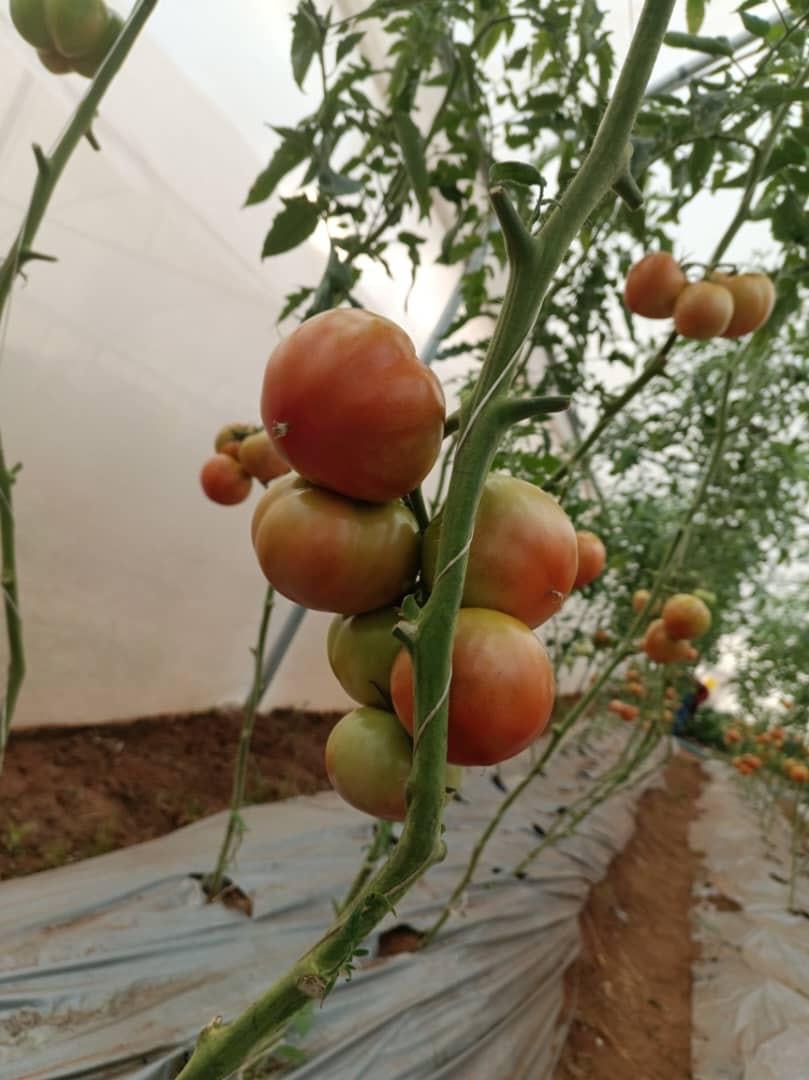
According to PwC, with over 200,000 farmers cultivating tomatoes in Nigeria, the country remains one of the largest producers of tomatoes in sub-Saharan Africa, with an annual yield of approximately 1.8 metric tonnes from the northern region. Despite this significant production, the country faces considerable post-harvest losses, with about 50 percent of its locally grown tomatoes wasted due to inadequate storage facilities, inefficient transportation systems, and a lack of processing companies.
Ironically, Nigeria is a big importer of tomatoes and tomato paste during its off-season, mostly driven by a lack of infrastructure, limited access to the market, and low storage facilities.
Hassan Isma’il, the community chief in Jimlari, abandoned tomato farming for rice cultivation after he could no longer get favourable prices for his tomatoes due to frequent spoilage.
Isma’il, who is also the chairman of tomato farmers in Jimlari, was frequently compelled to sell his produce at lower prices as buyers were hesitant to pay more for already decaying tomatoes. He attributes this issue to the government’s failure to address the critical post-harvest loss challenges.
“I used to harvest about 50 baskets every year. But I stopped. I have since switched to planting other crops such as maize and rice in recent years,” Isma’il said.
“I gave up on tomatoes because we couldn’t get fair prices at the market. We would harvest large quantities, only to be forced to sell them cheaply due to spoilage concerns. Buyers were reluctant to pay more because tomatoes spoil quickly. I realized that relying solely on tomatoes for income wasn’t sustainable. It’s not enough to meet my family’s needs.”
DESPITE THE LOSSES, SOME FARMERS REMAIN RESILIENT
Ali Mijinyawa gazes into the air, his hands still wet. He had just finished having his lunch in front of his mud house in Waru, Yorro LGA, more than 50 km away from Jamlari.
Like other farmers, Mijinyawa lost all his tomato farms in April due to a heatwave and pest infestation. Despite this setback, he displayed remarkable resilience, eventually replanting on new farmland, although he struggled to find quality seedlings. He persevered while keeping hope alive.
“We earlier planted tomatoes in April, but a scorching heatwave and subsequent drought withered the seedlings before they could bear fruit,” Mijinyawa explained.
“I struggled to purchase new seedlings, which are not even good enough to provide a good yield, and I went ahead to replant again. It was a difficult task because I had to spend even more money than I did in April.
“As of April, a bottle of tomato seedlings cost us N750, and in June, the price soared to N1,200. I replanted the seedlings, unsure whether it would yield as expected. I just planted to see what God can do.”
For farmers like Mijinyawa, tomato cultivation is their sole source of income. Due to the low quality of seedlings, he managed to get some for replanting in June. His tomato fruits did not look attractive enough to buyers at the market.
“The reason for these small tomatoes is poor seedling quality. Stronger seedlings yield bigger fruit. Unfortunately, we have used up most of our best seedlings from the April planting, which was ultimately ruined,” he said.
“Because these tomatoes are small, they don’t attract many buyers at the market, and this has reduced our earnings.”
BANDITRY EXACERBATING TOMATO LOSS
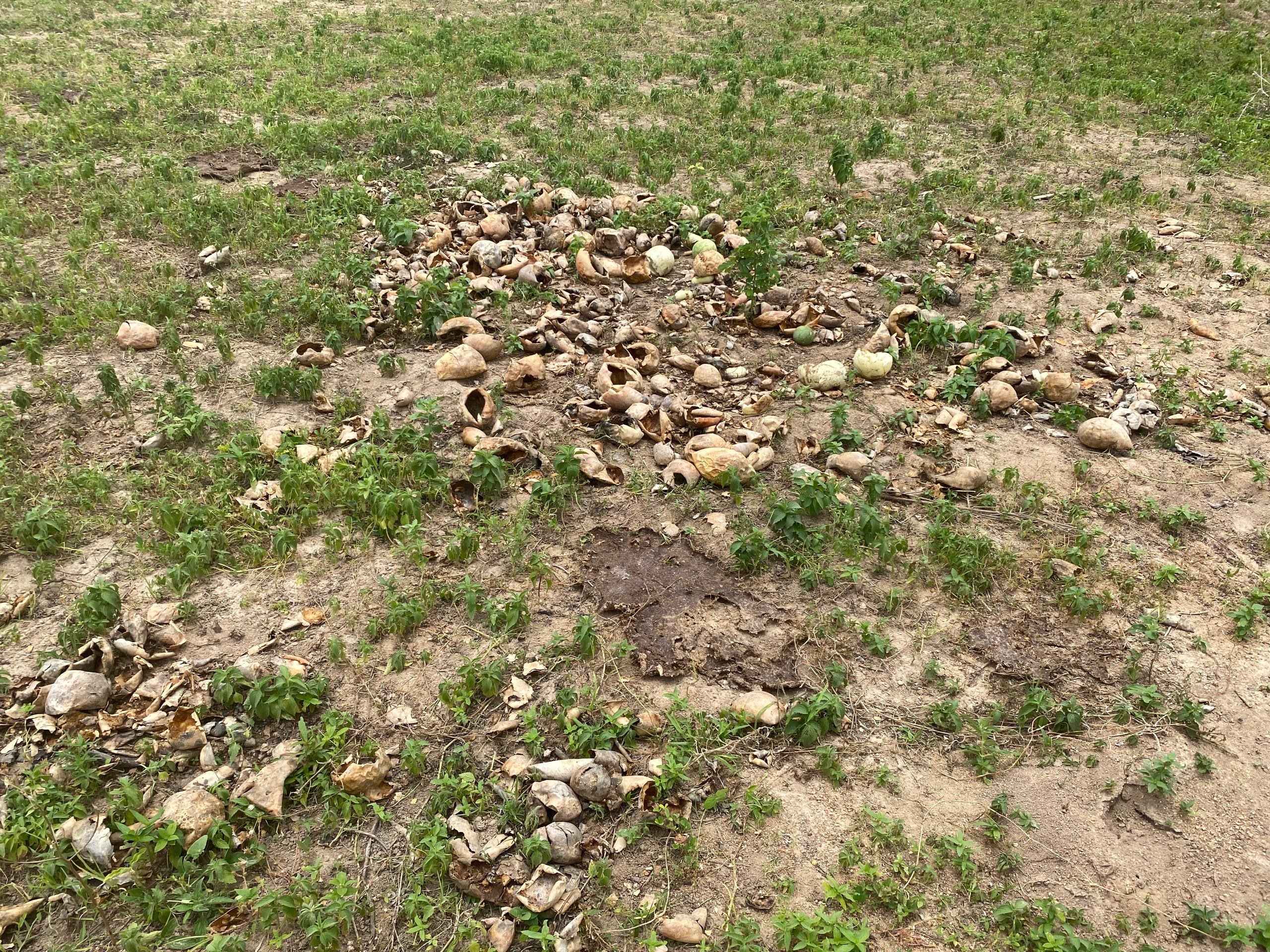
Farmers in the northern region are not only battling heatwaves and pest infestations, but the issue of banditry in Nigeria has dramatically worsened food insecurity and led to significant crop losses. Unknown to this reporter, there was an attack a day before she got to Umaru’s community. The bandits had abducted one resident.
In some states, bandits demand huge levies ranging from N100,000 to N200,000 from farmers to access their farms, while those who are unable to pay are denied entrance. This very problem has led to disruption of farming activities and food scarcity.
In response to the growing threat, farmers like Umaru have been compelled to relocate their farms — situated more than 4 kilometers away from his home — to a closer site, behind his compound.
This relocation has introduced a new challenge as hens and goats now prey on his tomato nursery due to its proximity to homes.
The change in weather patterns and crop loss are not only peculiar to farmers in Nigeria. Recently, farmers in Ivory Coast also reported diminished crop yields due to severe heatwaves — a situation mirrored by their counterparts in Rwanda, Malawi, Kenya, and Ghana.
The 2024 Global Report on Food Crisis reveals that Nigeria ranks second in the world for the highest number of people experiencing acute food insecurity, with the Democratic Republic of Congo holding the top position.
Among these countries, 18 experienced extreme weather events such as tropical storms, cyclones and severe drought, which significantly contributed to worsening food insecurity.
CLIMATE SMART AGRICULTURE IN NIGERIA
Climate-smart agriculture involves practices and technologies that simultaneously boost productivity, enhance resilience and reduce greenhouse gas emissions (GHG). They include controlled farming, greenhouse automation, irrigation, etc.
The first cycle of tomato cultivation comes with a lot of hiccups, like pollination issues. Emmanuel Atolagbe, chief agronomist at Eupepsia Place Limited (Soilless Farm Lab), has been able to overcome such problems through smart farming. He uses an artificial mode of pollination on his tomatoes to get them pollinated.
Naturally, pollination occurs when pollen grains are transferred by a pollinating agent from the anther to the stigma in plants. However, with the extinction of some pollen carriers like bees and butterflies, smart farmers now use artificial pollination methods like chemicals and electric brushes to pollinate their crops.
“Before now, we used to have bees that did all the work. We also have butterflies. But if you look around you today, we have minimal bees and butterflies. So, we try to simply do what they would have done on an ordinary day through the artificial method,” Atolagbe said.
“The electric brush can act as a pollinating brush. For instance, you have flowers that are ready for pollination, but because of the lack of wind or because of the lack of bees or butterflies, they are not able to pollinate. You then take this brush and place it on the flower with a high frequency. Then it pollinates. The stamen falls on the female part, and pollination occurs.”
Although Atolagbe had also recorded some losses like the local farmers in Taraba, he was able to curtail his losses through his controlled farm and technology.
In February, when NiMet released its predictions, early planters had begun tilling their farms already. While the predictions may not be understood by local farmers due to language barriers, efforts have been made to translate the prediction into local languages. But there is a lag. The agronomist insisted that the predictions should be provided early enough to enable both local and smart farmers to prepare ahead of the farming year.
“So, truth be told, we did not also have the information (NiMet’s prediction). But we had pushed some risk checkers in place in case anything like this happened. So, the major problem we had was the inability of tomatoes to convert; some died because of drought. The weather was so hot. But if NiMet can provide farmers with the information early enough, it can solve part of the problem,” he added.
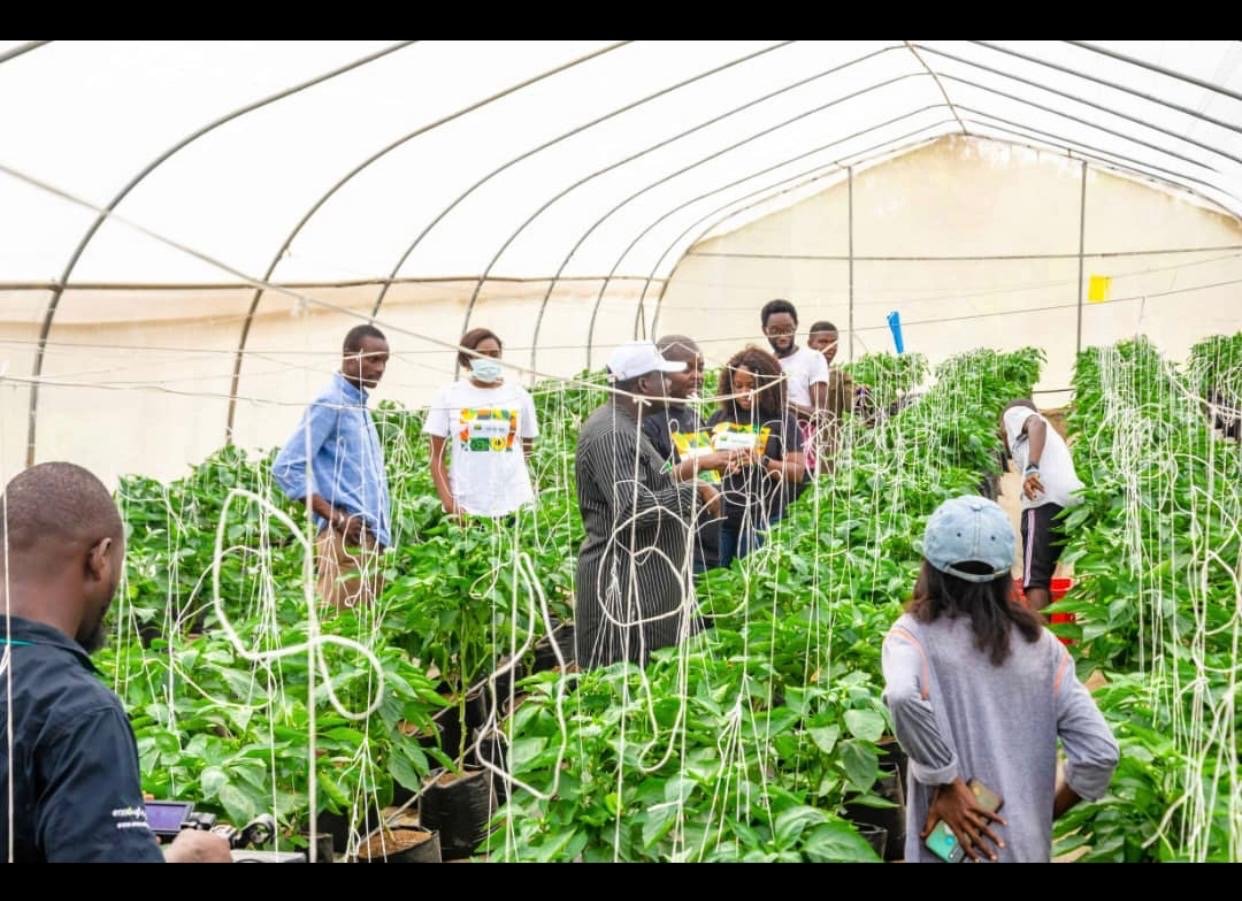
Archibong Akpan, the director of climate science at SubjecttoClimate, said for Nigeria to defeat food insecurity, the country should consider the adoption of a climate-smart agriculture system while subsidising resources for local farmers.
He added that the government needs to fortify farmer’s resilience by investing in comprehensive training, funding, and ensuring a robust support system for those on the frontlines of agricultural sustainability.
“When the temperature passes its threshold, you tend to find out that it will bring thermal discomfort to the tomatoes. If you are producing on average probably 20 tonnes, you will realise that the farmer is unable to produce even up to 5 tonnes, causing scarcity and low yield,” Akpan explained.
“The government needs to introduce organic farming of tomatoes; tomatoes can be grown anywhere and any part of the country. They need to also test and configure the soils to ensure that they are suitable for farming and increase the funding for the farmers.”
Countries like Ghana, Kenya and Morocco have advanced their CSA to bolster food security and reduce crop loss. However, with a well-researched and data-driven adaptation plan, Akpan believes this will expedite the advancement of climate-smart agriculture.
He also urged the government to explore ways to optimise soil conditions in various regions, facilitating the cultivation of tomatoes and enhancing agricultural productivity across the country.
“We now have technology that you wouldn’t need to irrigate the farm. You just put a machine, run it using artificial intelligence, and that device will start spraying fertilizers and irrigating the farm even when you are not there. It might not be on a large scale now, but if we start introducing these natural solutions, it will be beneficial,” he said.
Add a comment
